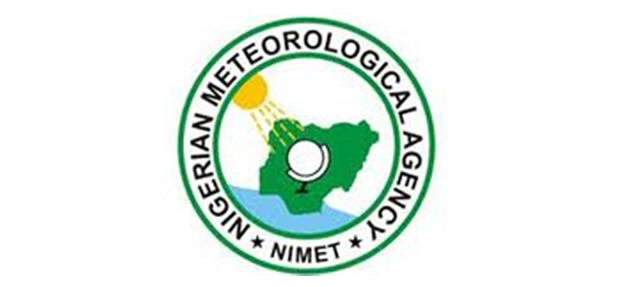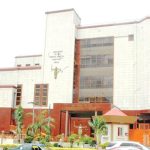Lagos, Delta, Rivers, Bayelsa, Cross River, and Akwa Ibom are expected to top the chart in 2025 with between 250 and 290 rainy days. Following closely are Ogun, Oyo, Ekiti, Osun, Ebonyi, Enugu, and Anambra with 200 to 250 days. Central states, including Niger and the FCT, may record 150 to 200 days, while northern states could see 110 to 150 rainy days.
Rainfall Volume
-
Highest Rainfall: Coastal regions such as Rivers, Bayelsa, and Cross River are forecasted to receive 2,700–3,010 mm of rain.
-
Lowest Rainfall: Northern states like Borno, Yobe, Sokoto, and Katsina may get less than 685 mm.
-
Central States: Rainfall amounts may range from 970 mm to 1,500 mm.
-
Overall, NiMet expects rainfall across most areas to be normal to slightly below average, except for some southern and central regions which could see above-normal totals.
Rainy Season Onset
-
Southern Nigeria: Rainfall will likely begin between March and April in states like Lagos, Ogun, and Cross River.
-
Central Belt: Onset expected between April and May, affecting states like Benue, Plateau, and the FCT.
-
Northern Nigeria: Rain is predicted to start from early June to July in Sokoto, Kano, and Borno.
-
Early Start: Expected in Delta, Bayelsa, Anambra, and parts of Oyo and Edo.
-
Delayed Start: Likely in Plateau, Kaduna, Niger, and Taraba.
Dry Spell Warnings
-
Severe Spells (15–21 days): Likely in northern states during peak rainfall months (June–August).
-
Moderate Spells (up to 15 days): Expected in parts of southern Nigeria including Ekiti, Ebonyi, and Bayelsa.
-
Post-Onset Spells: Oyo’s local councils like Saki and Ogbomosho could face dry spells shortly after rain begins.
Rainy Season End
-
Northern States: Rain expected to cease from October 6, gradually moving southward.
-
Central States: Cessation projected between November 7 and 23.
-
Southern States: Rainfall may last until December 17, especially in coastal areas like Lagos, Akwa Ibom, and Cross River.
-
Early End: Expected in parts of Zamfara, Jigawa, and Kaduna.
-
Late End: Likely in Lagos, Taraba, Delta, and the FCT.
NiMet encourages early planning, especially in agriculture, health, and disaster response, to adapt to the varying rainfall patterns projected for 2025.










